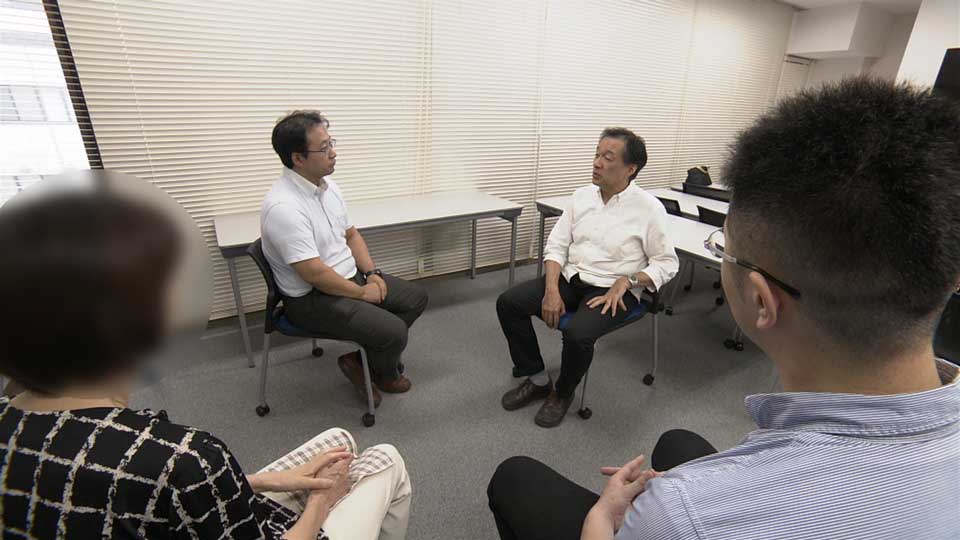
This Time in History In these videos, find out what happened this month (or any month!) in history.#WTFact Videos In #WTFact Britannica shares some of the most bizarre facts we can find.Demystified Videos In Demystified, Britannica has all the answers to your burning questions.Britannica Classics Check out these retro videos from Encyclopedia Britannica’s archives.Britannica Explains In these videos, Britannica explains a variety of topics and answers frequently asked questions.Investment in large-scale power generation takes seven to eight years to decide, so that means there is an urgency.
#Japan shut in how to#
“There needs to be a fundamental shift in how to encourage investment in the area. “Many power plants in the country have been closing,” said Go Matsuo, head of Energy Economics and Society Research Institute in Tokyo. All of this makes it more likely that this week’s crisis could be repeated with the next hiccup. The plan also requires Japan to restart basically all of its 33 operable nuclear reactors-a difficult task given the public opposition. Meanwhile, the revised plan cuts gas- and coal-fired power generation by roughly half by the end of the decade. The government last year said it aims for renewable energy to make up a third of the nation’s power generation by 2030, up from its previous target of less than a quarter. Japan’s effort to drastically reduce dependence on fossil fuels will leave a gap that renewables can’t easily fill for years. The longer-term view doesn’t look much better. That means Japan will need to purchase spot liquefied natural gas, which isn’t an easy task given that the fuel is facing a global supply shortage.
#Japan shut in Offline#
Several coal-fired power plants could remain offline for months, since machinery to load the fuel into the facilities was damaged, according to people with knowledge of the matter. The sudden cold blast boosted demand but reduced solar output, forcing the nation’s top utility to ask businesses and households to lower consumption. So when last week’s earthquake hit and knocked offline 12 power plants, Japan had little spare capacity to call upon. While wildly successful, it also crowded the nation’s grid with intermittent power output, making it difficult-and sometimes not very cost effective-to replace retiring thermal power plants. Meanwhile, Japan introduced a feed-in tariff program in 2012 that boosted installations of solar panels. Oil-fired power capacity-the most expensive of the fossil fuels-dropped by 73% over the same period. That is 23% lower than in 2016, a few weeks before the market liberalization. Japan had only 142 gigawatts worth of available power capacity before last week’s earthquake, according to data from its electricity exchange. They were focused on selling retail electricity that they procured either from the spot market or through a purchase agreement with an existing power plant. Meanwhile, the biggest competitors to Japan’s regional utilities weren’t so interested in investing in new generation capacity. That further tightened available supply, and removed a key piece of emergency infrastructure. Unforeseen Impactīut there was an unforeseen consequence: In order to gain the upper hand against new competitors, regional utilities were quick to retire backup power plants that were expensive and inefficient as a way to cut costs and provide customers with more attractive power rates. The idea was that more companies would enter the power retail market, increase competition, boost security of supply and ultimately lower electricity rates for consumers. The government was well aware of the dilemma, and sped up liberalization of the power market, with the effort culminating in the 2016 reform to break up monopolies held by regional utilities like Tokyo Electric Power Co. “The voting public has been against nuclear generation post Fukushima so it is a tough problem for government to solve,” said Antony Stace, a Sydney-based energy trader who closely monitors the Japanese market. It’s been replaced by a mix of natural gas, coal and solar facilities. Nuclear power now supplies less than 10% of Japan’s electricity.

Only 10 have restarted under post-Fukushima safety rules due to strong public opposition and a cumbersome regulatory process. In the immediate aftermath, Japan closed all its 54 reactors that supplied about 30% of its electricity needs. A massive tsunami overwhelmed the Fukushima Dai-Ichi nuclear facility, shut off power to cooling systems and led to meltdowns of three reactor cores. Japan’s issues can be traced to the magnitude 9 earthquake in March 2011, the biggest ever recorded in the country.


 0 kommentar(er)
0 kommentar(er)
